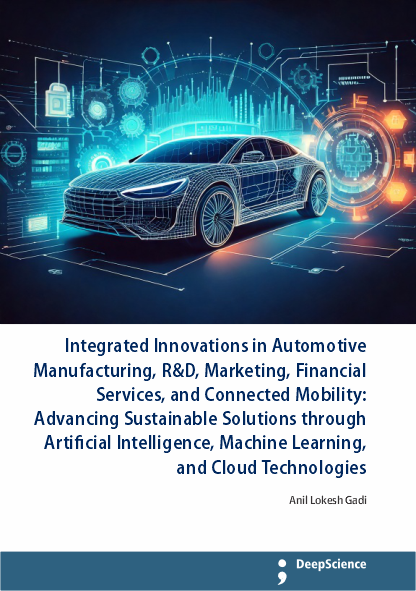Collaborative innovation, policy development, and the future direction of the automotive industry
Synopsis
The automotive market has been evolving rapidly, although concurrently facing pressure from external macro-environmental factors, consumer diversity inertia and emerging disruptive technologies. Among those factors, policies are recognized as one major key driver which is expected to impact on the profitability and sustainability development of players across the market. On the contrary, firms’ collaboration is another key driver whose capacity to deeply influence policies’ intent, structure, governance, and compliance is relatively underestimated. Moreover, policy bench-marking and policy-driven collaborative innovation are both issue areas that haven’t been covered thoroughly in the high-tech sector, and these will be explored in more detail along with empirical evidence from the world’s automotive market.
This paper proposes a systematic framework to understand the interaction between collaborative innovation and policy development at three levels: the nature and knowledge-based collaborative opportunities, pathways, and networks; the impact on policy intent, structure, governance and compliance; and the driving forces of competitive markets expanding beyond national borders. This paper also employs interpretations of policy-driven collaborative innovation networks to reveal their governance structure in the world’s automotive industry through initial theoretical propositions and in-depth case studies.
This paper further elaborates on the methodology based on four core propositions and detailed analysis and discussions of the automotive industry from a consideration of collaborative innovation maturity, process benchmarking and policy-driven collaborative innovation networks development perspectives. A case study of 20 countries' policies is preferred for the awareness and implementation of policy-driven collaborative innovation networks design and leading in the automotive industry, and a summary of findings is emphasized on an implication to related concerns. This paper concludes with a discussion on certain limitations of the study and points of future endeavours.












